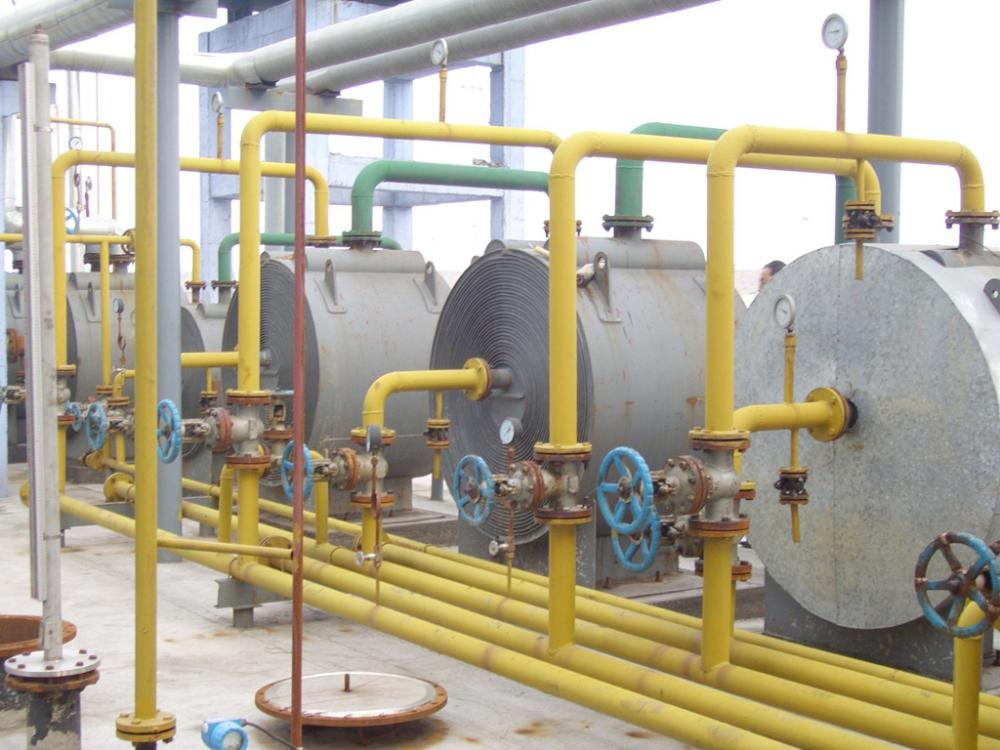
Privacy statement: Your privacy is very important to Us. Our company promises not to disclose your personal information to any external company with out your explicit permission.
![]() April 27, 2023
April 27, 2023
Using superheated steam to heat the non-phase change fluid, macroscopically speaking, the heat exchange process should include two states of steam cooling and steam condensation, which obviously adds a non-phase change steam cooling process compared to using saturated steam. That is to say, after the superheated steam enters the spiral plate heat exchanger, it first needs a certain cooling area to absorb its sensible heat. Since this process is carried out before the phase transition is formed, there is no condensate on the wall surface, and its heat transfer coefficient is small. , and its specific heat is also lower than that of liquid, so under the same conditions, the heat transfer efficiency of the spiral plate heat exchanger using superheated steam is far less economical and reasonable than that of using saturated steam.

The above is the Application of Spiral Plate Heat Exchanger in Grease Processing we have listed for you. You can submit the following form to obtain more industry information we provide for you.
You can visit our website or contact us, and we will provide the latest consultation and solutions
Send Inquiry
Most Popular
lastest New
Send Inquiry
Send Inquiry

Ms. Abby
Tel:+86-020-82453507
Fax:
Mobile Phone:+8613662249479
Email:jmheatexchanger@163.com
Address:No.73, Bigang Road, Nangang Street, Huangpu District, , Guangzhou, Guangdong
Related Products List
Mobile Site


Privacy statement: Your privacy is very important to Us. Our company promises not to disclose your personal information to any external company with out your explicit permission.

Fill in more information so that we can get in touch with you faster
Privacy statement: Your privacy is very important to Us. Our company promises not to disclose your personal information to any external company with out your explicit permission.